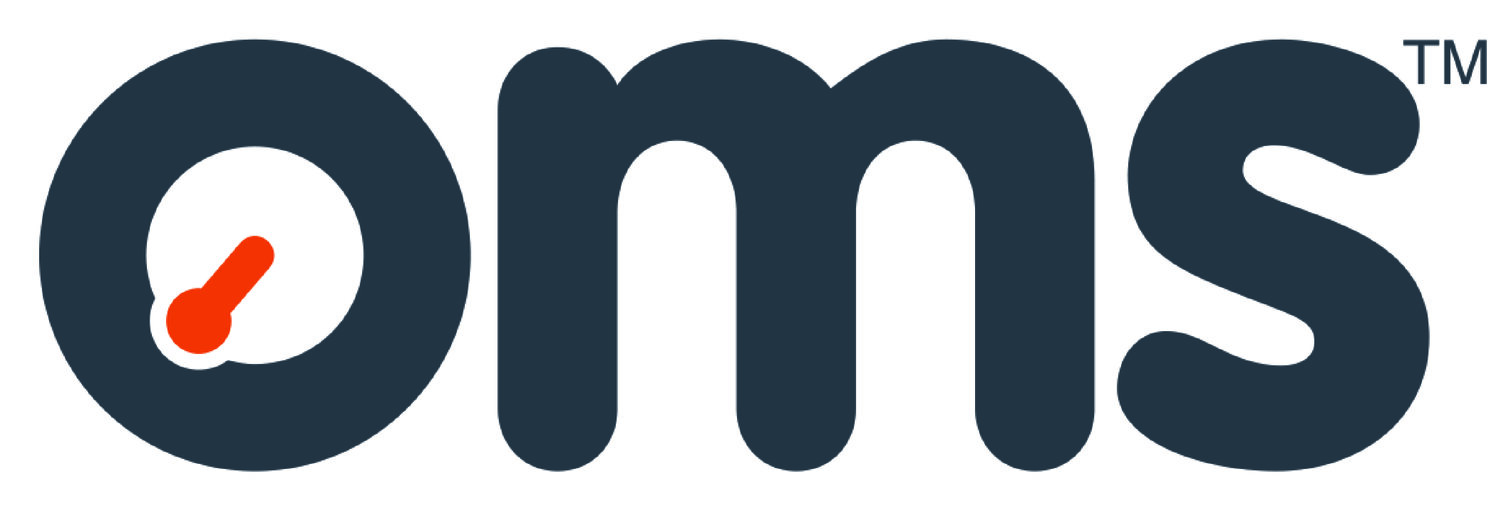Coatability Inspection
Ensure welds are ready for coating with our coatability inspection service. Welds are scanned, repaired with smart grinding unit if necessary, then rescanned and verified to meet project specifications. Extra-wide camera field-of-view, bespoke LED lighting and high accuracy lasers designed specifically to provide data required to confirm weld suitability. We offer various deployment methods to suit your requirements. OMS has long-term partnerships with leading coating and cladding companies.
Benefits:
Identify problems at an early stage
Reduce need for remedial work
Better quality surfaces for rapid coating
More efficient welding
Save costs
Improved pipeline integrity
Features:
Variety of deployment methods either at production stage or later
Extra wide scanning of coating area
Feature height assessment
Visual and 3D images
Pass/ fail assessment for immediate remedial action
Integrates with other equipment
4” - 60” nominal pipe sizes
Successfully used on on/offshore CS/CRA projects
Corrosion defence
Internal corrosion is a major risk in pipelines and coating pipe interiors can prevent it starting. Although coating the pipe as it is manufactured is straightforward, it is more difficult to coat the pipe in the area where it will be welded. Pipes are usually uncoated for approximately 50 mm at each end to allow for cleaning and grinding prior to welding. The welding process can cause molten balls of weld spatter to adhere to the pipe wall, forming protrusions which can prevent the spray coating from completely covering the area. The weld itself may also have an uneven surface that is difficult to coat. Corrosion sites can form in these areas, creating areas of weakness which may lead to eventual pipe failure.
Camera and laser 3D imagery
To identify and prevent problems OMS can review the coating area for spatter or a weld profile that does not meet specification. Our system uses a camera to provide visual imagery and a stripe laser to measure feature height. This co-ordinated approach provides vital information to identify and quantify potential problems that may occur during the coating process. The system uses a wider laser beam scans to scan the weld and both painted sides, collecting a synchronised set of images and laser scans that provide necessary information for a rapid pass/fail test.



